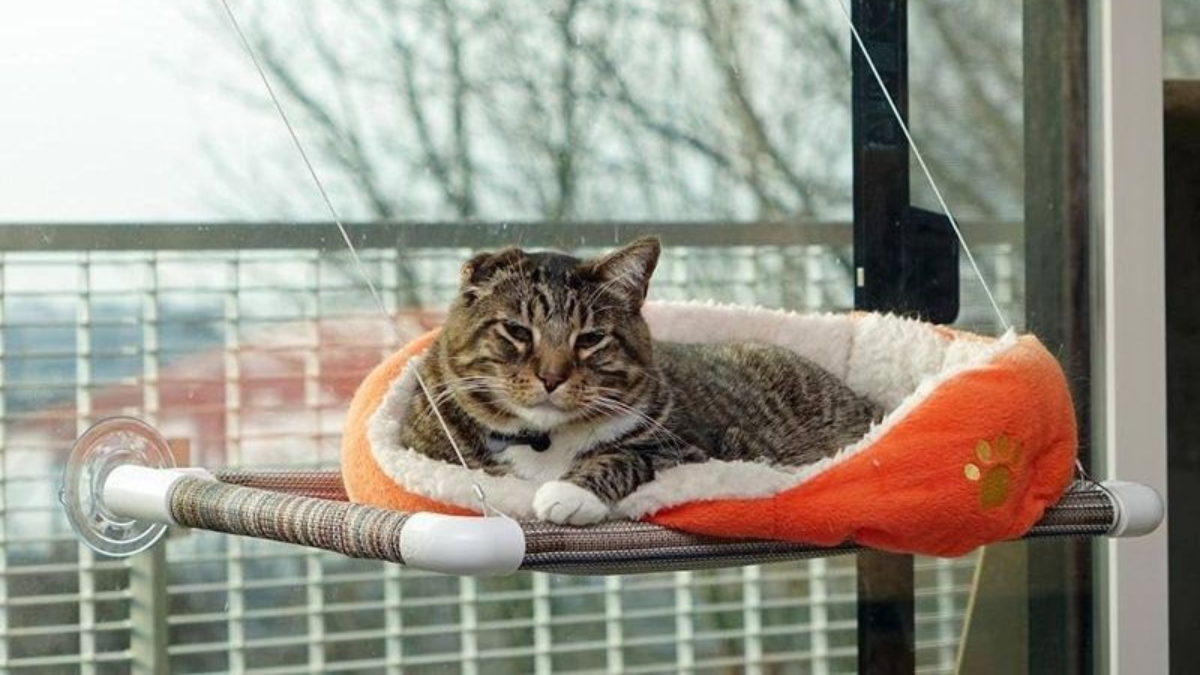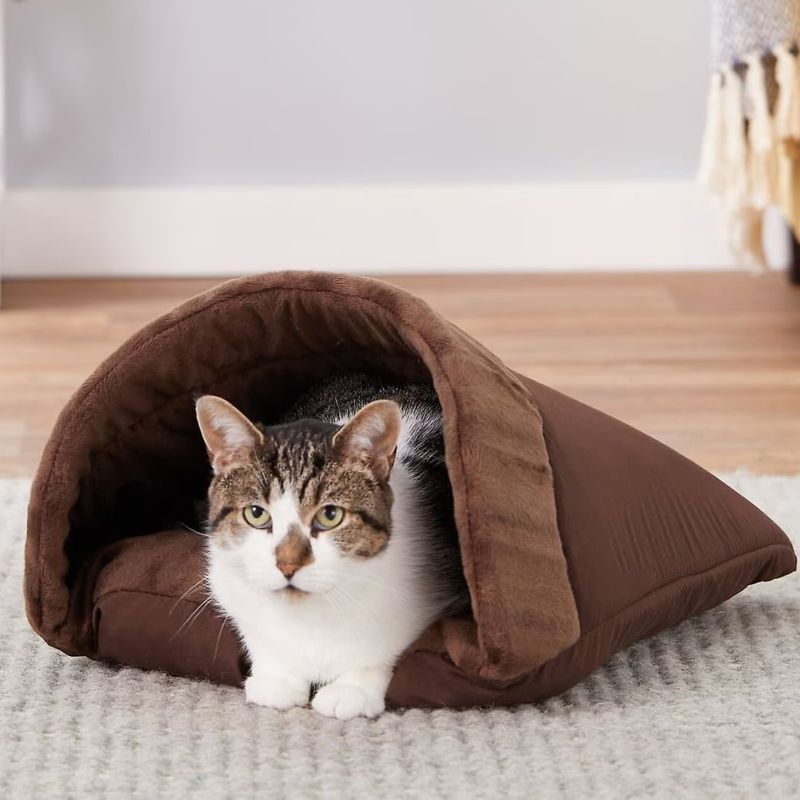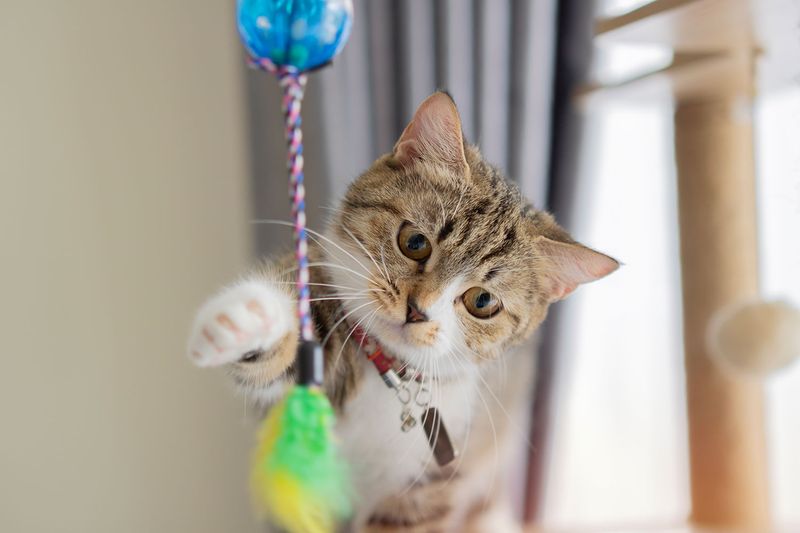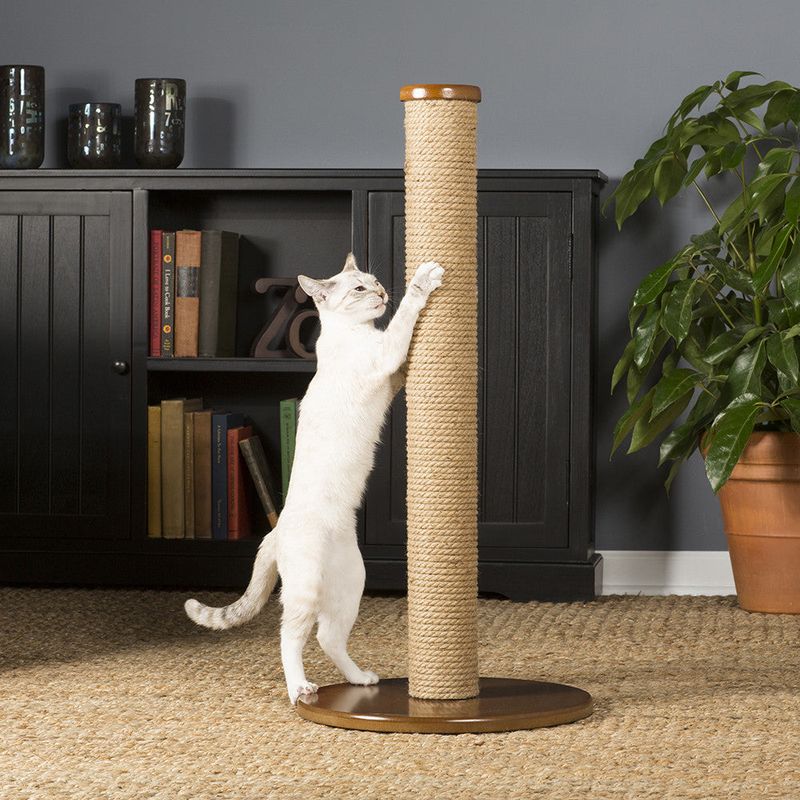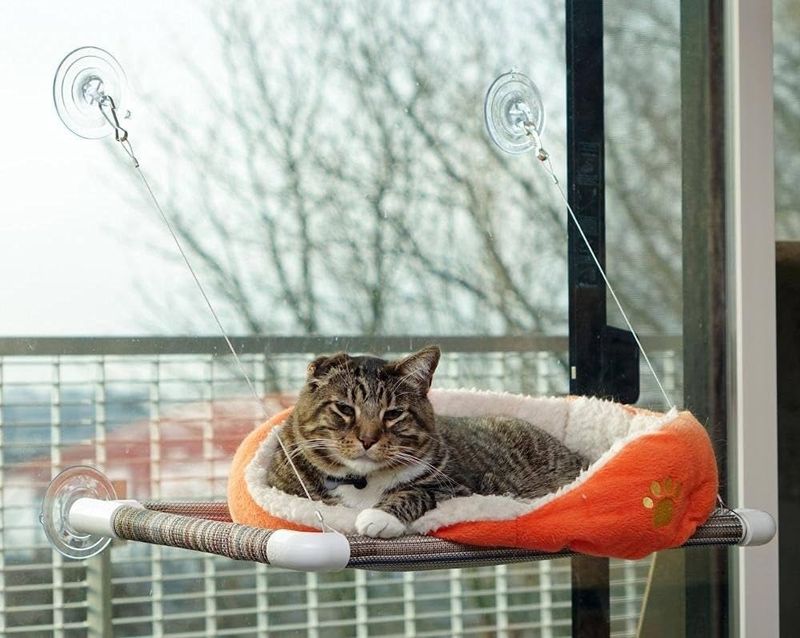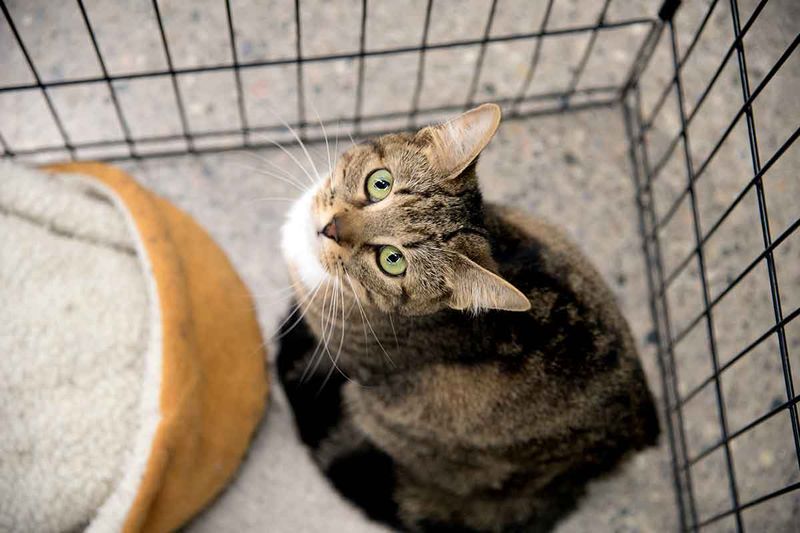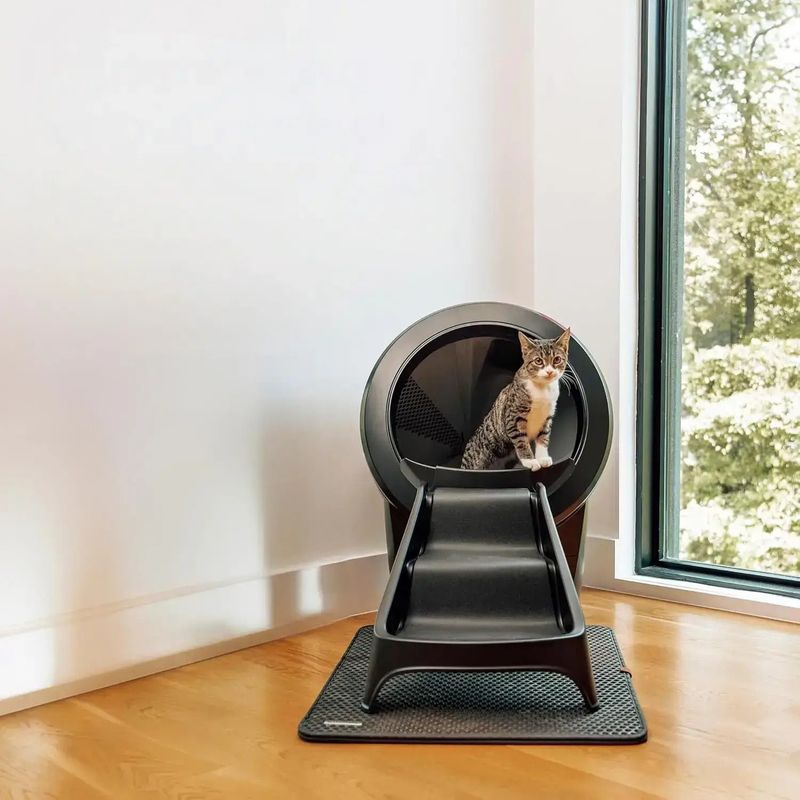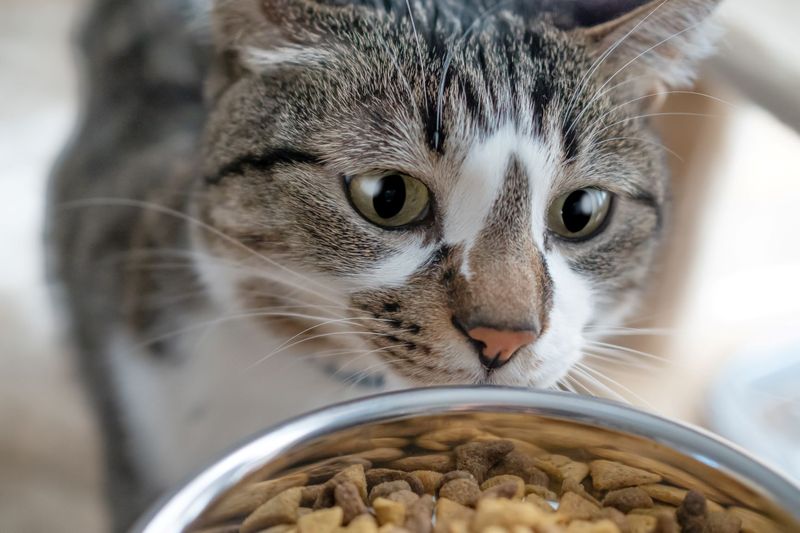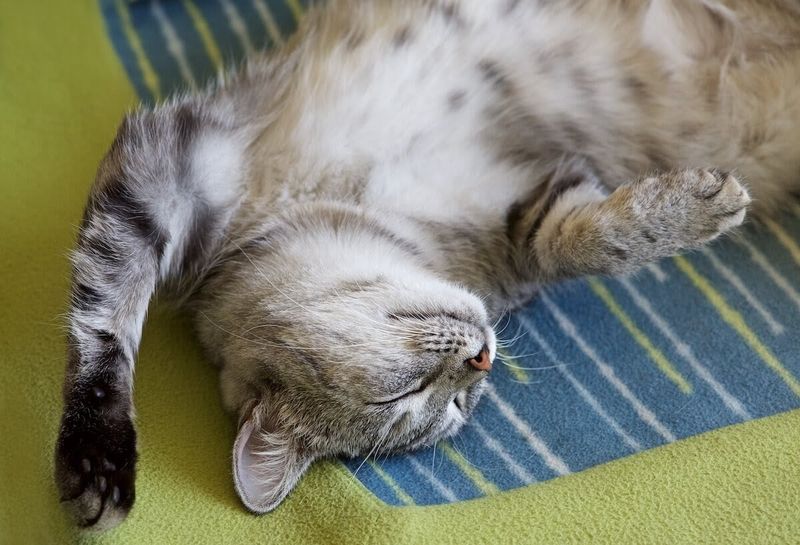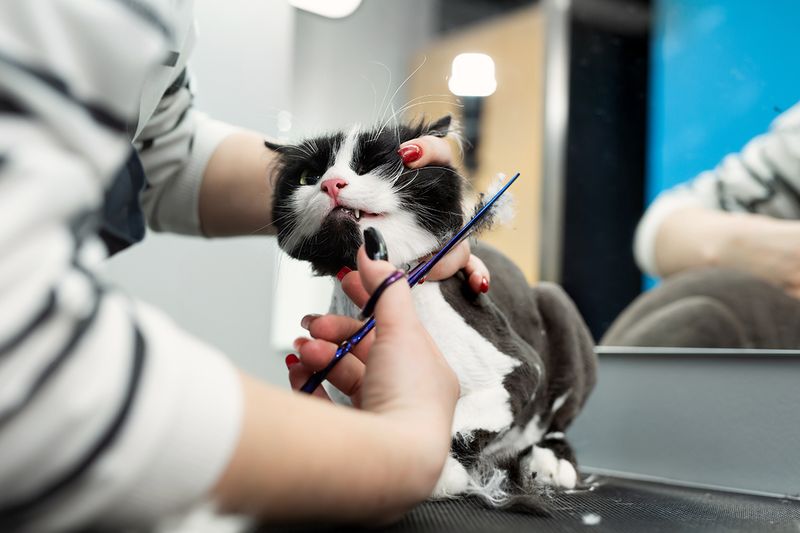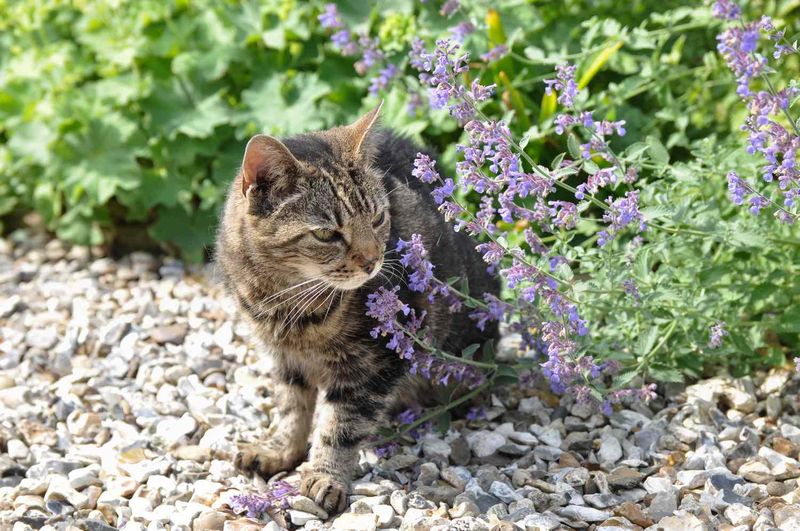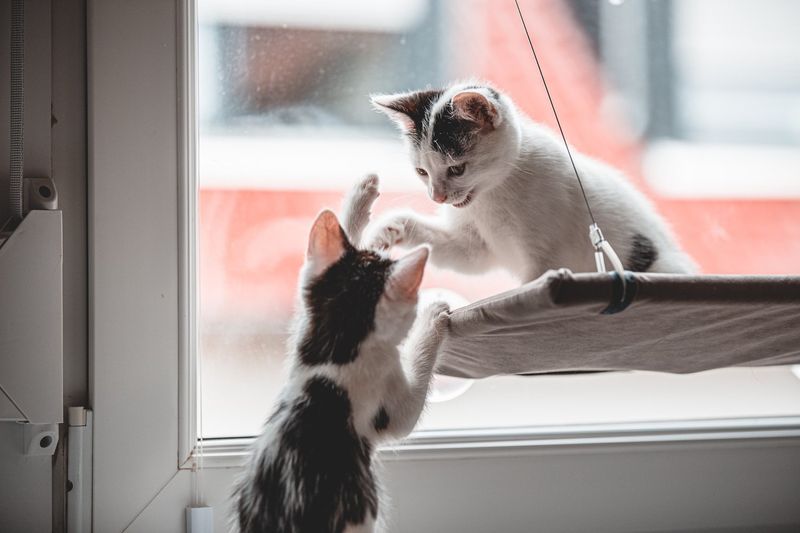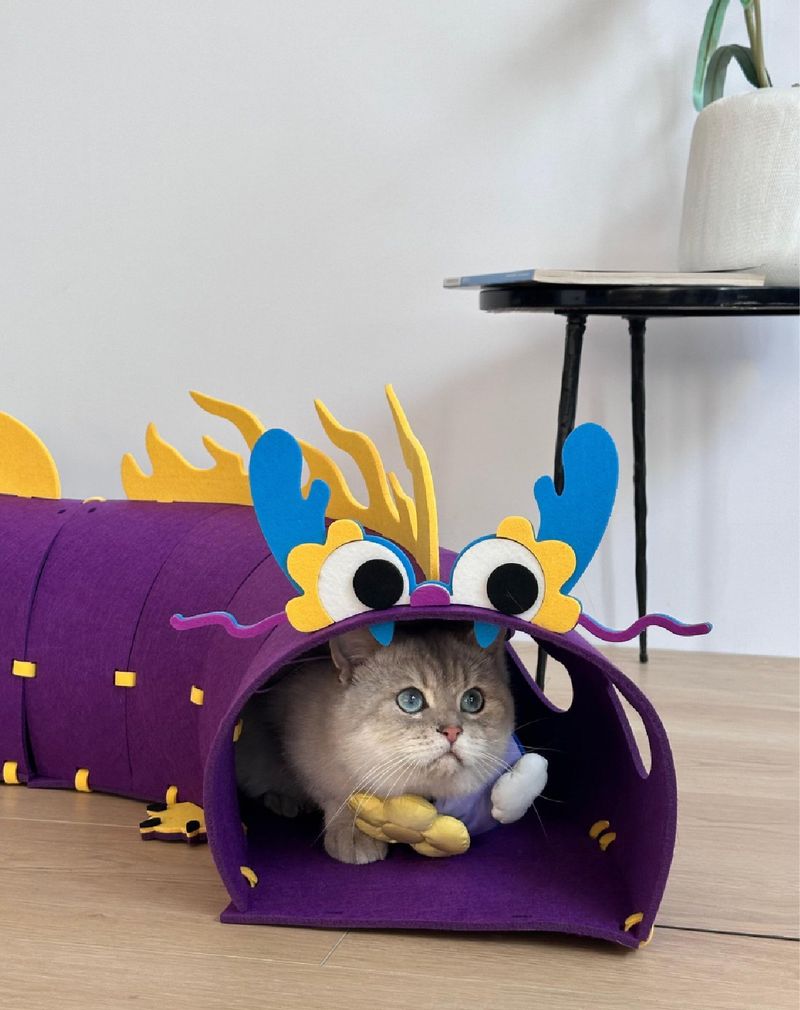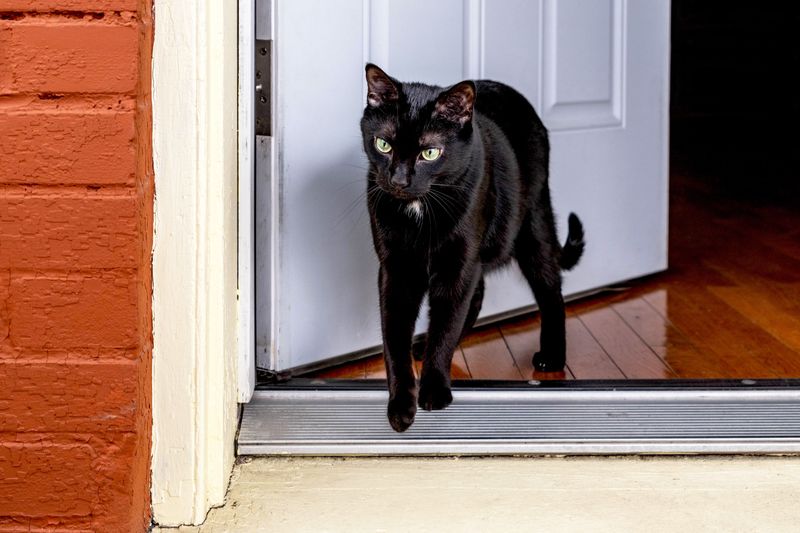📖 Table of Content:
- 1. Cozy Sleeping Nooks
- 2. Interactive Toys
- 3. Scratching Posts
- 4. Window Perches
- 5. Safe Hideaways
- 6. Litter Box Access
- 7. Balanced Nutrition
- 8. Regular Veterinary Visits
- 9. Calming Sounds
- 10. Routine and Stability
- 11. Grooming and Care
- 12. Engaging Scent Enrichment
- 13. Social Interaction
- 14. Environment Enrichment
- 15. Safe Outdoor Experience
Adopting a shelter cat is a life-changing experience both for you and your new feline companion. Every shelter cat brings a unique set of traits and quirks, making it important to provide a welcoming and supportive environment from the very beginning. Offering them a safe, cozy space will help ease the transition and foster a sense of security.
Cats, especially those from shelters, may come with a mix of emotions, including fear, curiosity, or excitement. A careful balance of patience, affection, and understanding is needed to ensure they feel at ease in their new surroundings. Providing a comfortable area for them to relax and explore is key to building trust.
Creating the right atmosphere for a shelter cat involves more than just basic essentials; it’s about making them feel like a cherished member of the family. From their bedding to interactive play, every detail contributes to their comfort and happiness. With a little time and effort, any shelter cat can feel right at home in their new forever space.
1. Cozy Sleeping Nooks
Creating comfortable sleeping nooks for your shelter cat is essential for their comfort. Cats enjoy warm, quiet spaces where they can relax undisturbed. Place soft blankets or a plush cat bed in areas where your cat feels safe. Ideally, these spaces should be elevated, like on a windowsill or a shelf.
This gives them a vantage point to observe their surroundings. Make sure the sleeping area is away from busy foot traffic, ensuring tranquility. Incorporating different textures in their bedding can also provide sensory enrichment, adding to their comfort and security.
2. Interactive Toys
Engaging your cat’s mind and body is essential for their well-being, and interactive toys are a great way to achieve that. Shelter cats, in particular, thrive when provided with play that encourages their natural hunting instincts. Feather wands and bell toys can keep them entertained, while puzzle feeders offer both mental challenges and tasty rewards.
Encourage daily play sessions to strengthen your bond and ensure your cat gets ample exercise. This interaction not only keeps them physically active but also mentally sharp, preventing boredom and associated behavioral issues.
3. Scratching Posts
For both physical and mental benefits, scratching posts are a must-have for your cat. These help maintain healthy nails, while also providing an outlet for natural behavior and territory marking. Make sure to place a few scratching posts around your home, especially in the areas your cat frequents, and go for options like sisal or cardboard for durability.
This will prevent your furniture from becoming their go-to scratching surface. Additionally, scratching posts can offer exercise opportunities, especially if they have multiple levels or are part of a larger cat tree, promoting climbing and stretching.
4. Window Perches
Give your shelter cat the gift of outdoor views with a cozy window perch. Cats love to watch birds, cars, and people, making these perches ideal for mental stimulation. Attach sturdy perches on windows that offer scenic views of the outdoors, and let your cat indulge in hours of fascination.
Ensure the windows have secure screens to keep your cat safe. This setup allows them to bask in the sun and enjoy a mental workout by watching birds and passersby. A comfortable window perch can become a favorite hangout, offering hours of enjoyment and reducing stress by connecting them with the vibrancy of the outside environment.
5. Safe Hideaways
Every shelter cat needs a safe retreat to feel secure and comfortable in their new home. A basic hideaway, like a cardboard box lined with a soft blanket, is all it takes. Set these hideaways in calm, quiet areas of your home to give your cat a peaceful space to relax during times of stress.
Having multiple hideaways ensures your cat always has a safe spot to retreat to. Over time, these spaces help build their confidence as they start venturing out more. Remember, a secure and calm environment fosters better adjustment and trust in their new home.
6. Litter Box Access
Ensuring easy and stress-free access to a litter box is vital for your shelter cat’s comfort. Place the litter box in a quiet, private area, away from their feeding and sleeping zones. Keep it clean by scooping daily and changing the litter weekly.
Providing multiple boxes can be beneficial, especially in larger homes. Consider the type of litter and box design; some cats have preferences that you’ll need to respect. A clean, accessible litter box reduces the risk of accidents and reinforces good habits, supporting their sense of security and well-being.
7. Balanced Nutrition
A healthy, balanced diet is crucial for your shelter cat’s long-term health. Combining wet and dry food provides essential nutrients to support their well-being. Speak with a vet to create a tailored nutrition plan that addresses any special dietary needs your cat might have, such as grain-free formulas.
Regular feeding schedules help establish routines, enhancing their sense of security. Always ensure fresh water is available. Proper nutrition supports healthy weight, shiny coats, and overall vitality, making dietary considerations a cornerstone of their well-being.
8. Regular Veterinary Visits
Keeping up with regular veterinary visits is key to your shelter cat’s well-being. Initial visits can help detect and treat any health issues early. A vet who understands your cat’s history and specific needs will provide essential care, including vaccines, dental hygiene, and parasite control.
These visits also provide an opportunity to discuss any behavioral or dietary changes. Staying proactive with health checks ensures your cat remains healthy and happy, laying a foundation for a long, fulfilling life. Professional guidance provides reassurance for both you and your feline friend.
9. Calming Sounds
Stress and anxiety in shelter cats can be alleviated by soothing sounds. Playing gentle music, such as classical pieces or nature sounds, can help your cat feel more at ease. This calming noise also acts as a barrier, muffling outside disturbances that might otherwise cause tension.
Keep the volume low to maintain a peaceful atmosphere. Incorporating calming sounds into their daily routine promotes relaxation and can help with acclimating to new surroundings. This practice not only enriches their environment but also contributes to their emotional well-being.
10. Routine and Stability
Establishing a predictable routine is an effective way to help your shelter cat adapt. Consistent schedules for meals, play, and grooming will provide a sense of security, reducing anxiety. Introducing changes gradually ensures your cat doesn’t feel stressed and encourages trust-building between you both.
A stable environment offers reassurance, making them feel more secure and confident in exploring their new home. By maintaining regular routines, you provide a comforting framework that supports your cat’s emotional health and happiness, fostering a harmonious coexistence.
11. Grooming and Care
Grooming is more than just maintaining your cat’s appearance; they’re also bonding experiences that enhance trust. Regular brushing helps reduce shedding and prevents matting, especially for long-haired breeds. Use gentle brushes suited to your cat’s fur type.
Introduce grooming tools slowly to avoid stress. Besides brushing, check your cat’s ears, eyes, and teeth for signs of health issues. Bathing isn’t always necessary but can be introduced if your cat is comfortable with water. Regular grooming sessions keep your cat looking healthy and boost their confidence with human contact.
12. Engaging Scent Enrichment
Enhance your shelter cat’s space with scent-based enrichment to provide both mental and physical stimulation. Catnip, valerian, and other herbs can spark interest and foster playfulness. By rubbing small amounts of these herbs on toys or scratching posts, you can create enticing scent trails that will keep your cat entertained, while also watching for signs of overstimulation.
Incorporate scents naturally by placing pet-safe plants around your home. Scent enrichment provides mental stimulation, reduces boredom, and can be a fun way to engage your cat’s natural curiosity, creating a dynamic and interesting space.
13. Social Interaction
The emotional well-being of your shelter cat is deeply tied to social interaction. Encourage family members to engage in gentle play and petting to create a safe and affectionate space. Be mindful of your cat’s comfort level, as some cats may prefer brief social sessions while others may welcome extended interactions.
Social engagement not only strengthens bonds but also enriches their lives, making them feel loved and secure. Human interaction is a significant aspect of their well-being, offering comfort and companionship.
14. Environment Enrichment
Enriching your shelter cat’s environment is crucial for their mental and physical health. Add structures like climbing trees, play tunnels, and scratching posts to keep them engaged. Rotate these objects periodically to avoid boredom and keep their space stimulating.
Consider vertical space usage to maximize the area for climbing and perching. Enrichment activities help prevent boredom and associated behavioral issues. By creating a dynamic and stimulating environment, you cater to their natural instincts, fostering a sense of security and happiness. A well-enriched space keeps your cat active, mentally stimulated, and content.
15. Safe Outdoor Experience
Let your shelter cat experience the outdoors in a secure way, where they can satisfy their curiosity while staying safe. Enclosed balconies or catios offer a perfect solution for outdoor exploration. Always ensure the area is properly secured with strong fencing and netting for their protection.
Place potted cat grass or a bird feeder nearby to add interest. Supervised outdoor time, even on a leash, can be enriching and enjoyable. Being outside stimulates their senses and provides physical exercise. Offering a safe way to enjoy the outdoors enhances their quality of life and overall well-being.
